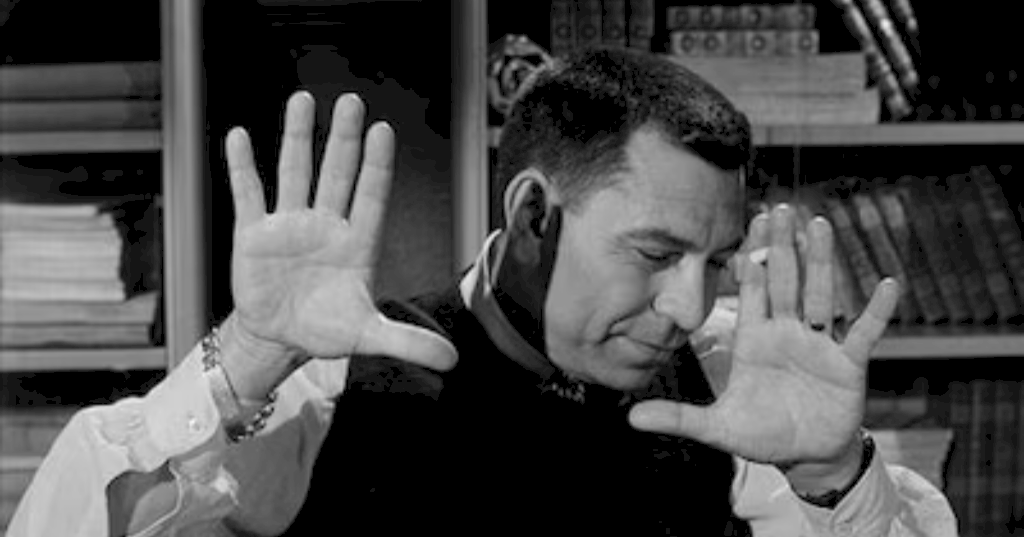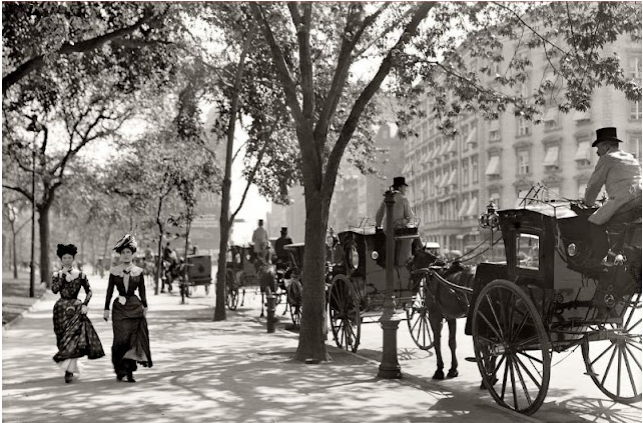In the rapidly evolving landscape of education, where traditions and customs are shaped by the ebb and flow of time, the first day of school holds a special place.
From the early 1900s to the turn of the millennium, each generation has witnessed the excitement, nerves, and anticipation that mark this momentous occasion.
Now, through a remarkable collection of photographs, we have a unique opportunity to delve into the past and catch a glimpse of how the first day of school unfolded over the course of the last century.
As we gaze upon these faded snapshots, a powerful surge of nostalgia washes over us, transporting us to a different era.
Picture the scene: young hearts filled with a mixture of excitement and apprehension, clutching their backpacks tightly, their eyes brimming with dreams yet to unfold.
These photographs serve as a portal to the past, granting us a glimpse into the classrooms, hallways, and playgrounds that once buzzed with youthful energy and aspirations.
The cones that many of the kids are holding in these pictures are called Schultüte. The “school cone”, is a decorated cardboard cone of gifts traditionally given to German children on their first day of 1st grade.
The tradition began in the early 19th century in Saxony and spread throughout Germany over the years. The cones are filled with goodies and little bit of candies and stuff the kids need for school, like pencils, sharpeners.
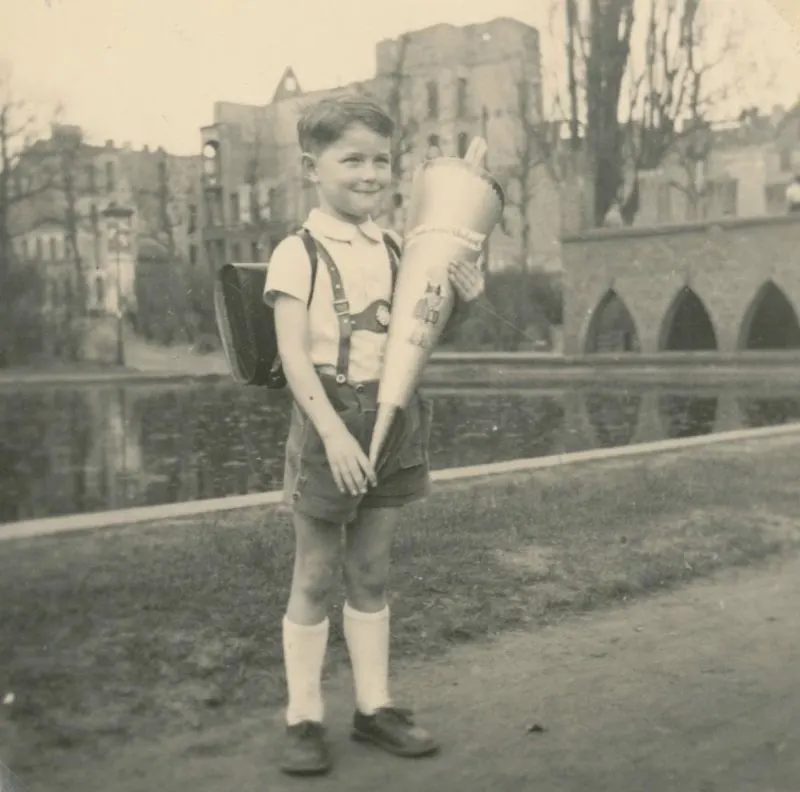
During the 19th and early 20th centuries, the first day of school experiences in the United States diverged between rural and urban areas.
In rural communities, where agrarian life prevailed, the academic calendar revolved around the agricultural cycle. As a result, the start of the school year often aligned with the completion of summer harvests, leading to later school openings.
In urban areas, schools followed a more standardized academic calendar, with students returning to classrooms in late summer or early fall.

During much of the 20th century, it was common for schools to start shortly after Labor Day (September), and in some areas of the United States, this is still the norm.
However, it has become increasingly common for schools to start earlier in August or even late July. For example, in the San Diego Unified School District, schools start on the last Monday of August. New York City Department of Education begins the school year the week after the Labor Day holiday.
Conflicting pressures affect the first day of school. For example, since the school year is normally divided into two semesters, many teachers want one semester to finish in December just before the winter holidays, and the second semester to start when classes resume in January.
This requires starting the school year in mid-August. Employers who rely on teenagers to work summer jobs want the school year to start in the first or second week of September, when the main tourist season has ended.

Over time, the first day of school has become synonymous with rituals and traditions. Students eagerly anticipate shopping trips for new school supplies, selecting the perfect backpack, and preparing their minds for the challenges ahead.
Back-to-school sales have become annual events, offering families the opportunity to gather everything needed for the new academic year.
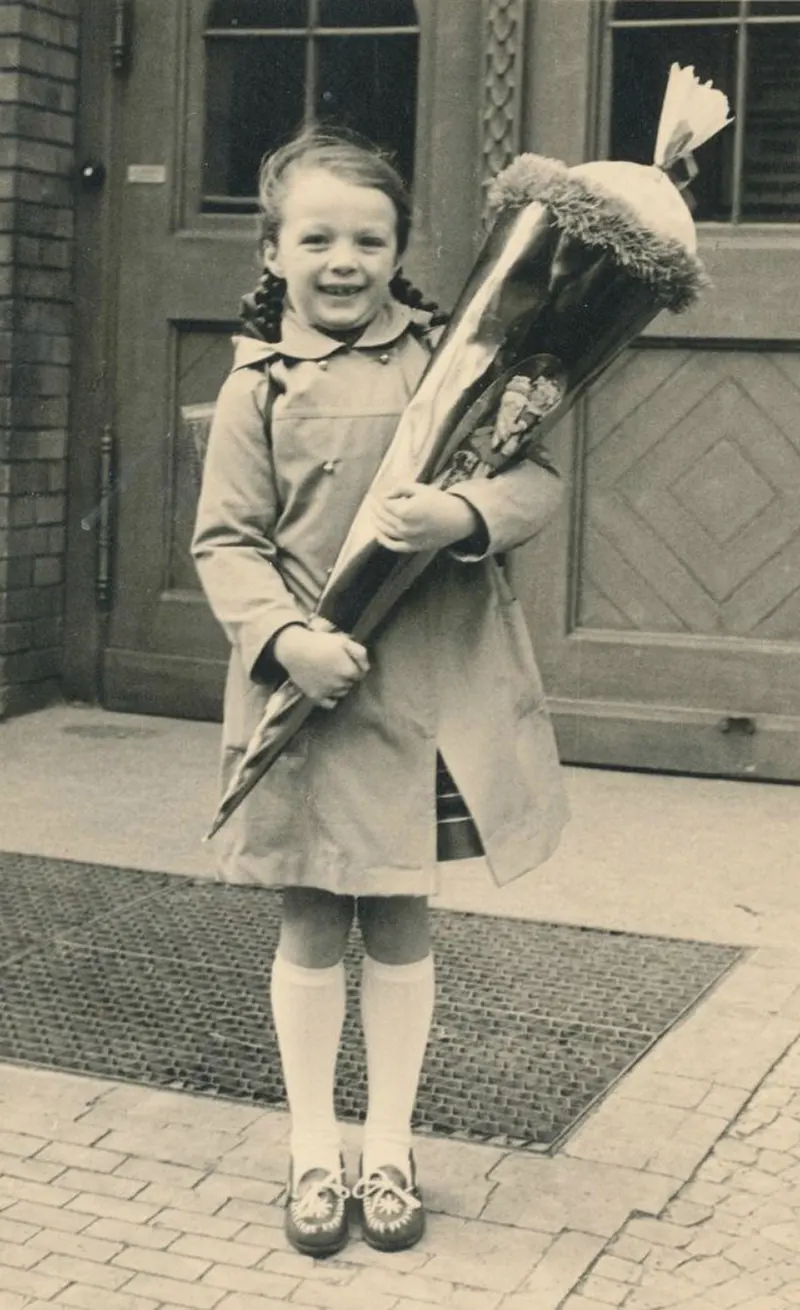
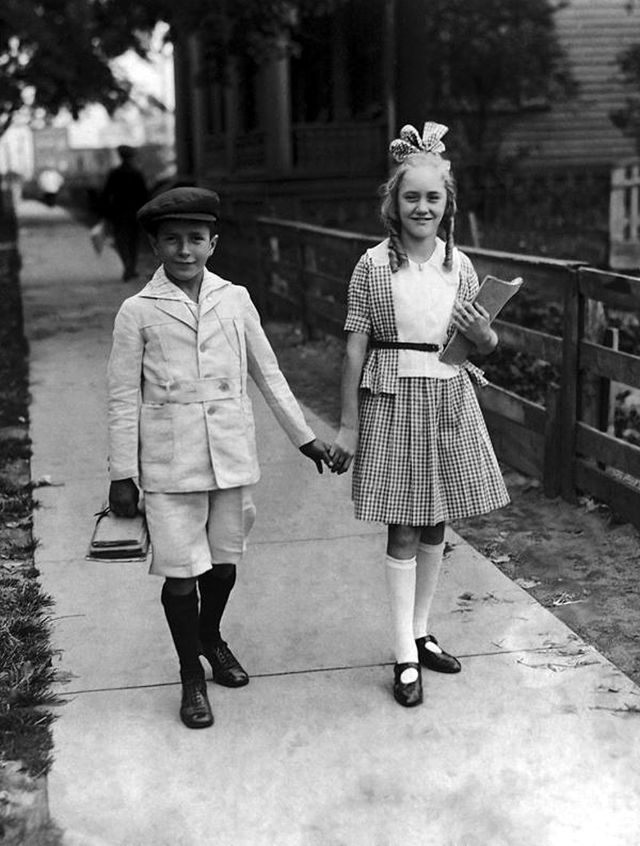
A young boy and girl on the way to school for the start of a new term in the 1920s
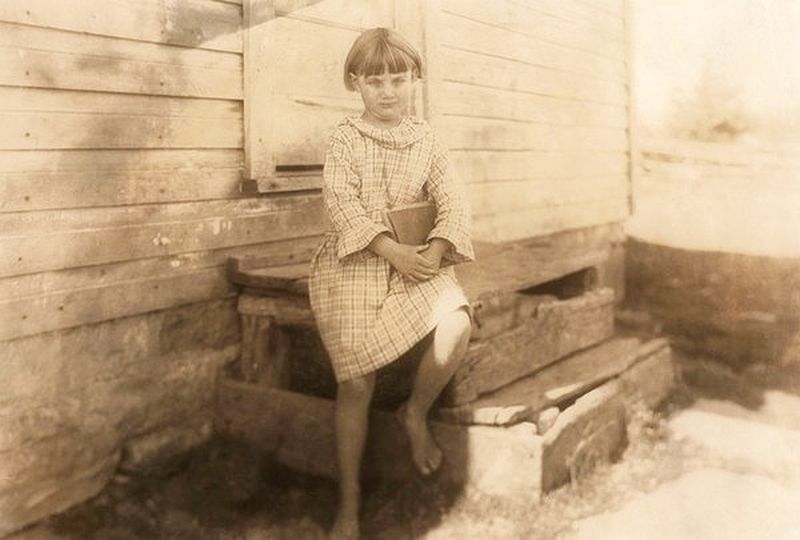
A girl’s first day of school in Pocahontas County, West Virginia, circa 1921
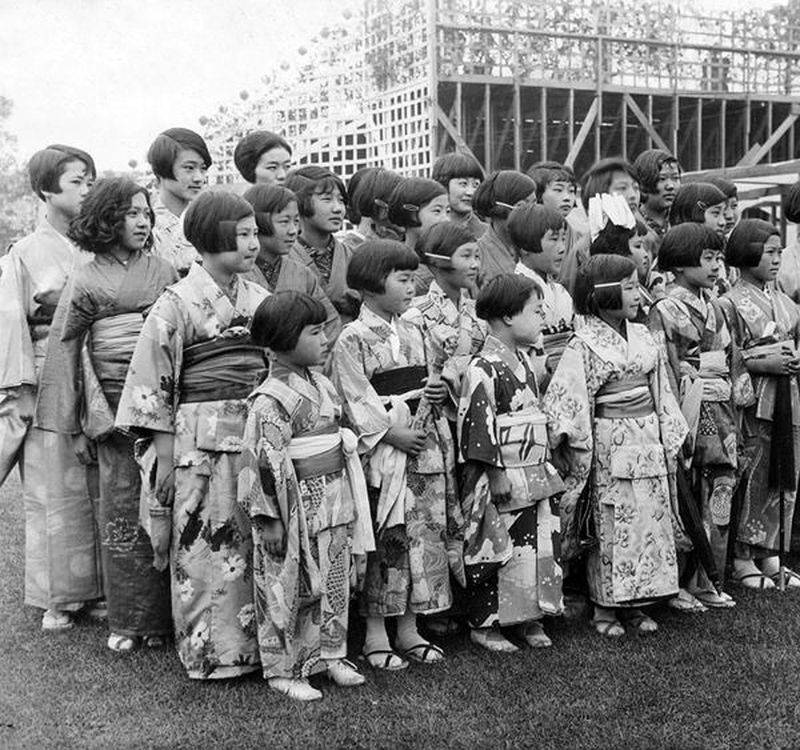
Japanese children in traditional garb start school in California in 1927
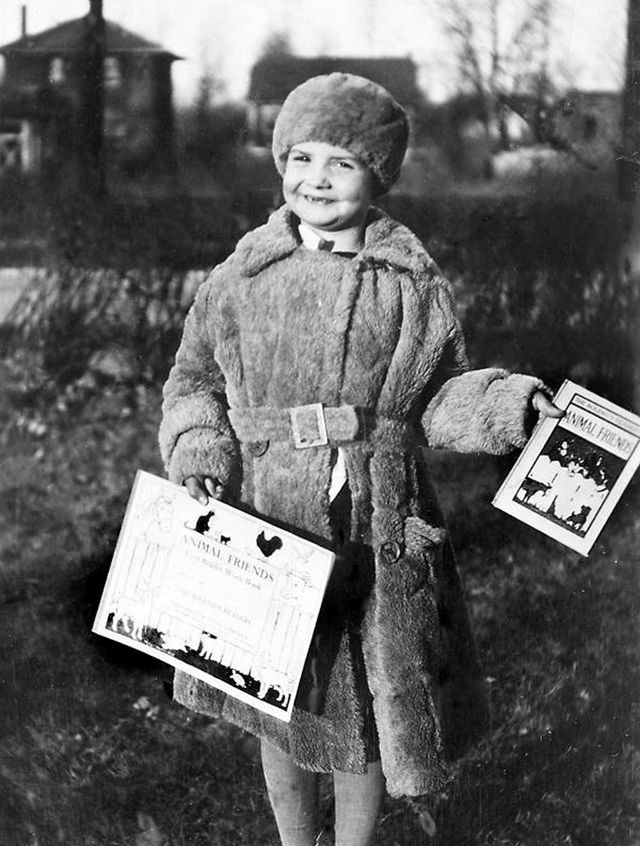
A 5-year-old girl shows off her books after her first day of kindergarten, circa 1929
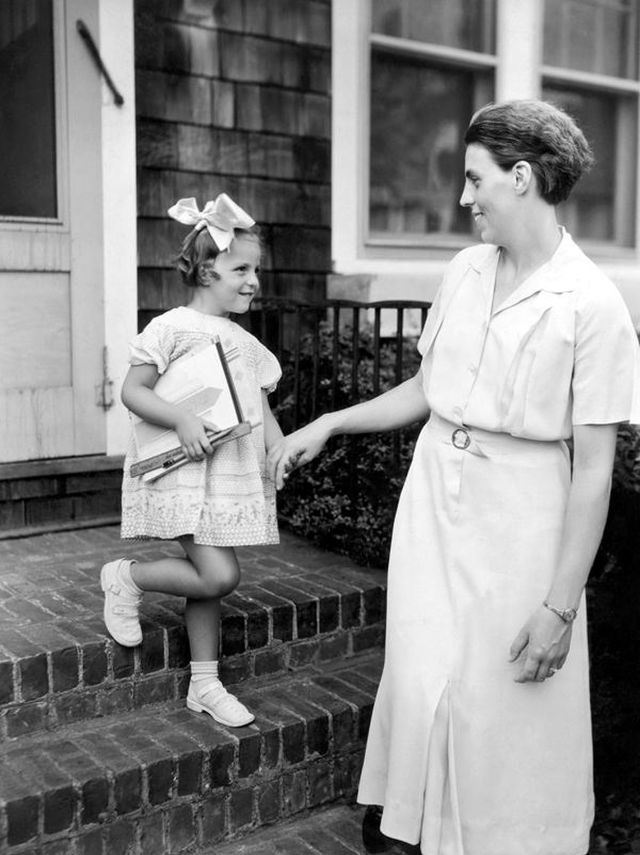
A mother takes her daughter by the hand as they head to school in the late 1920s or early 1930s

A young Australian boy stares into a classroom already full of students, circa 1930
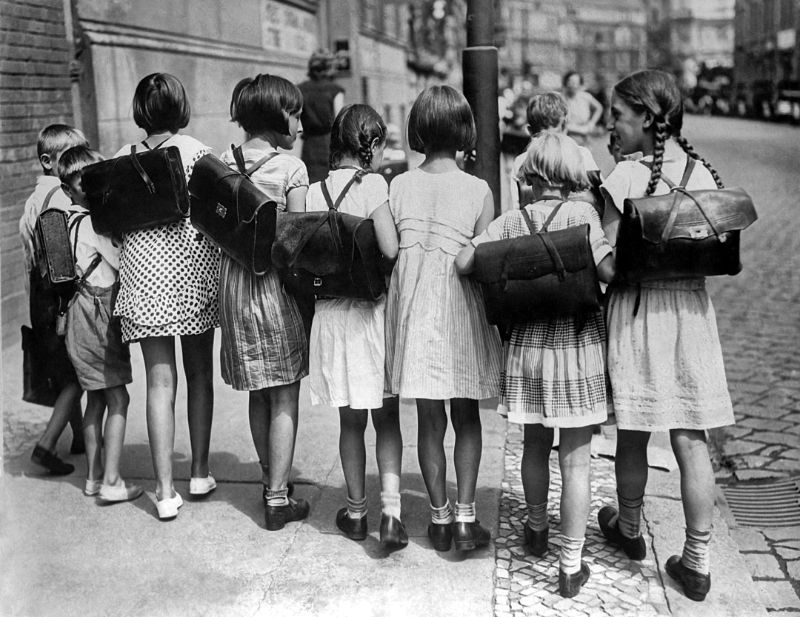
Children on their way home from school, with book bags strapped on their backs, after the first day of classes in Germany, circa 1930
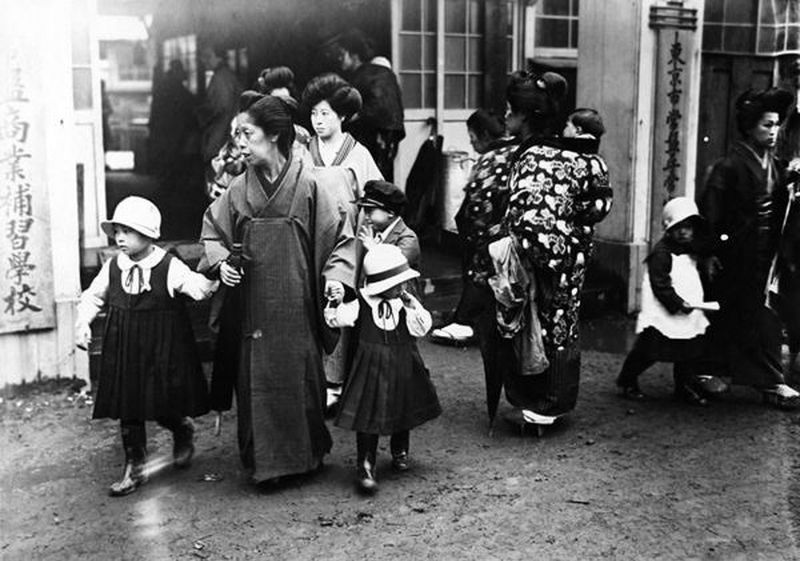
Parents and their children are seen outside a school in Tokyo in the early 20th century



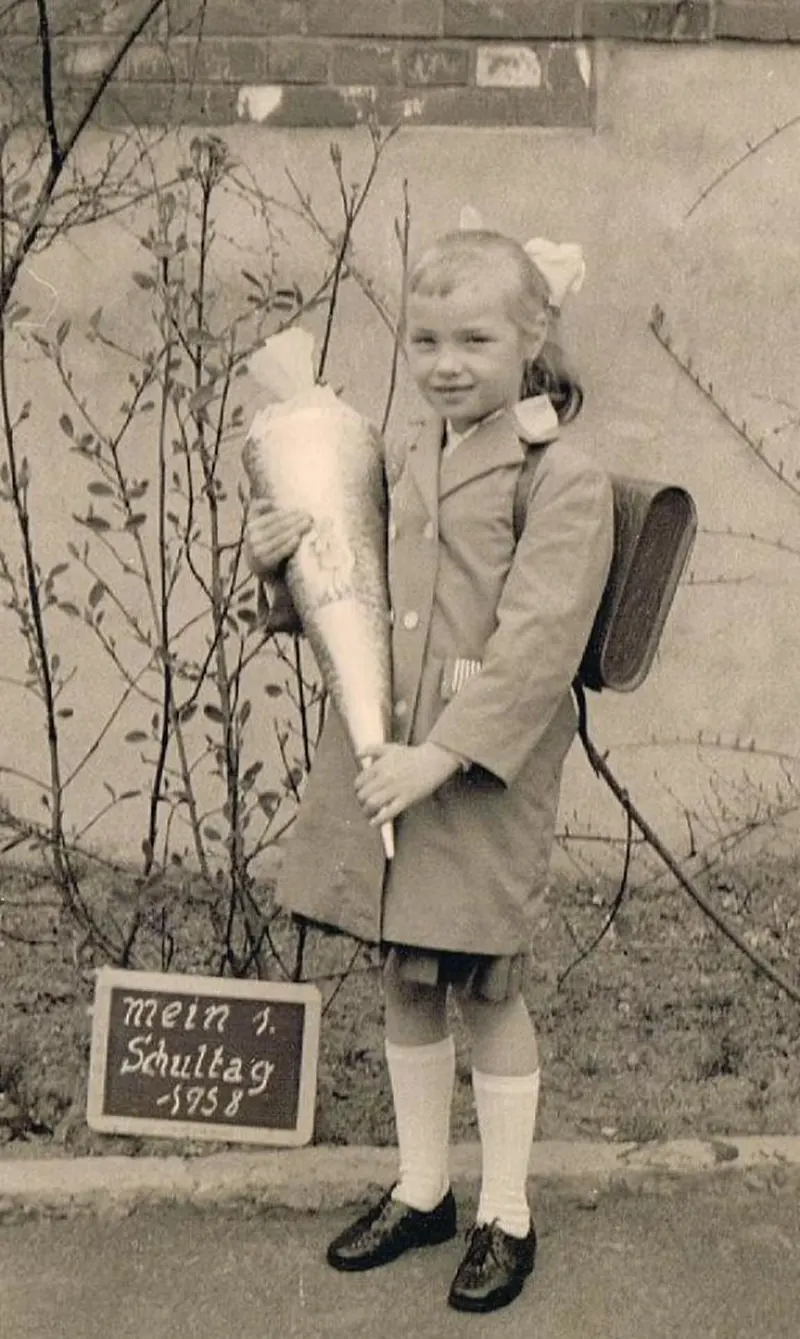
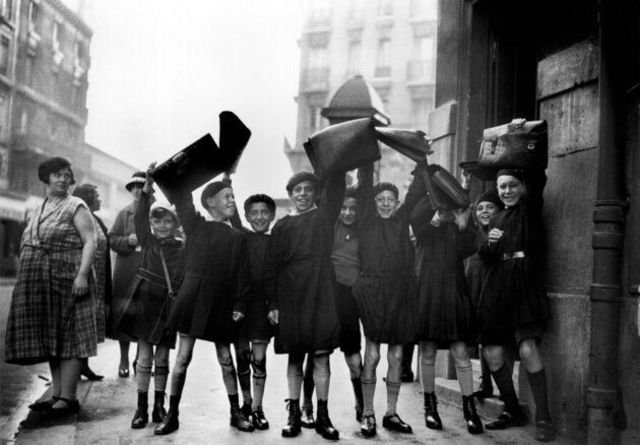
Students in France greet a photographer at the start of a new term by shaking their schoolbags in 1932

During World War II, Parisian students line up a courtyard on the first day of classes
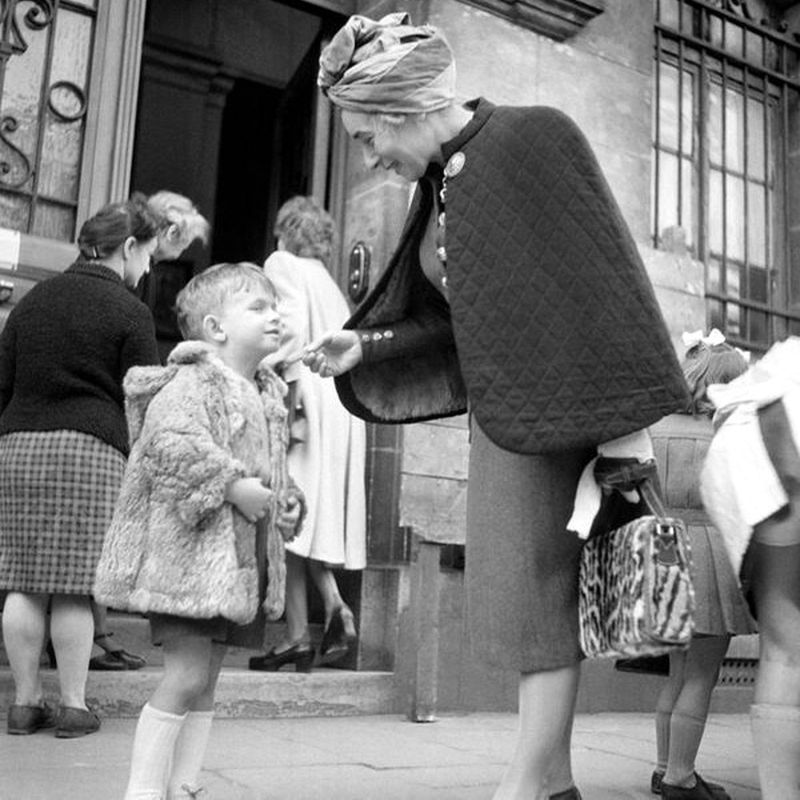
A little boy in Paris says goodbye to his mother outside a school in September 1945

As their instruction begins in 1948, students at the Lucy D. Anthony school examine a small turtle
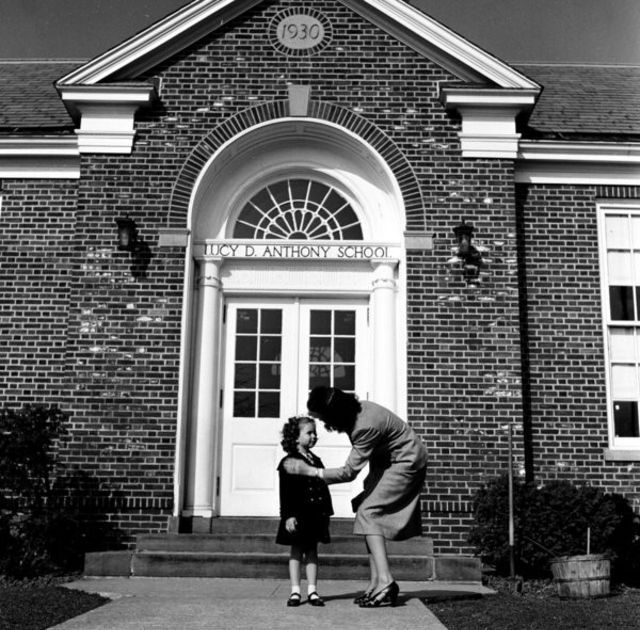
In 1948, a young girl shares a moment with her mother outside the Lucy D. Anthony school in Madison, New Jersey

Joyce Payne and Vincent Baker have fun depicting their teacher at a school in New York’s Harlem community on Sep. 13, 1948

Nap-time on the first day in 1949
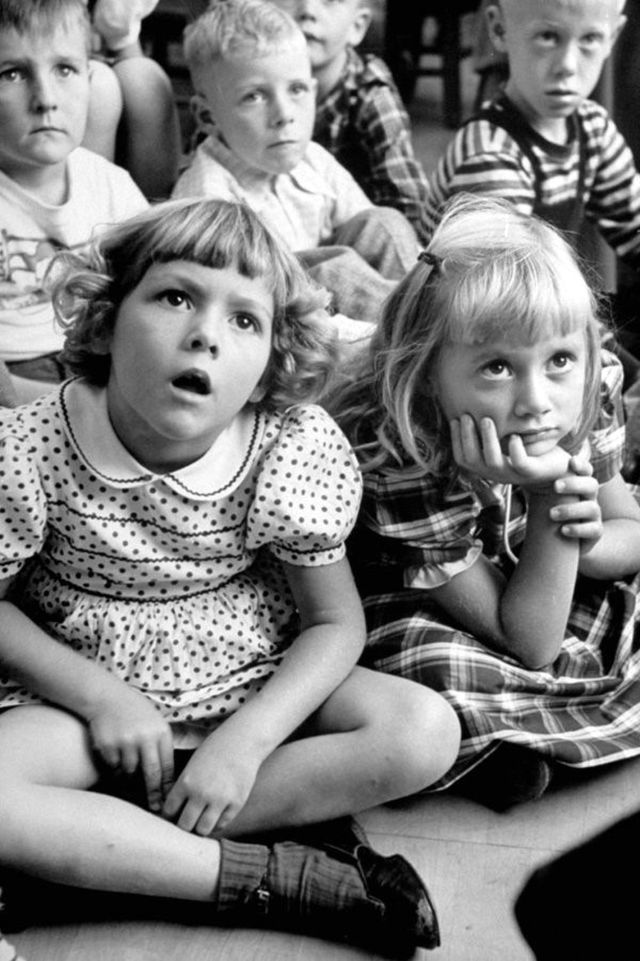
Wide-eyed children listening to fairy-tales on their first school day in 1949
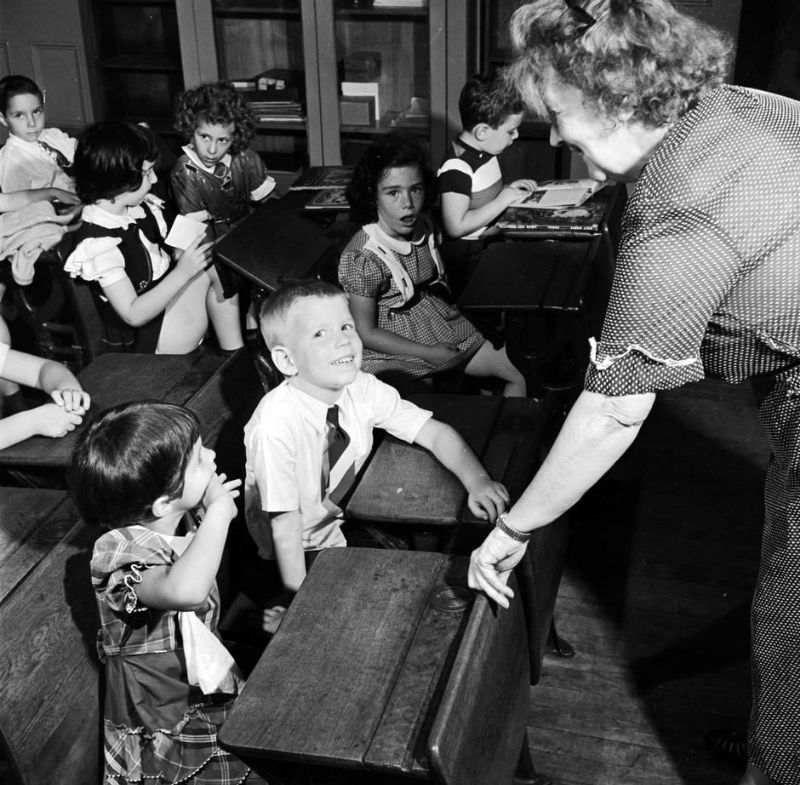
Children getting to know their new teacher, circa 1950
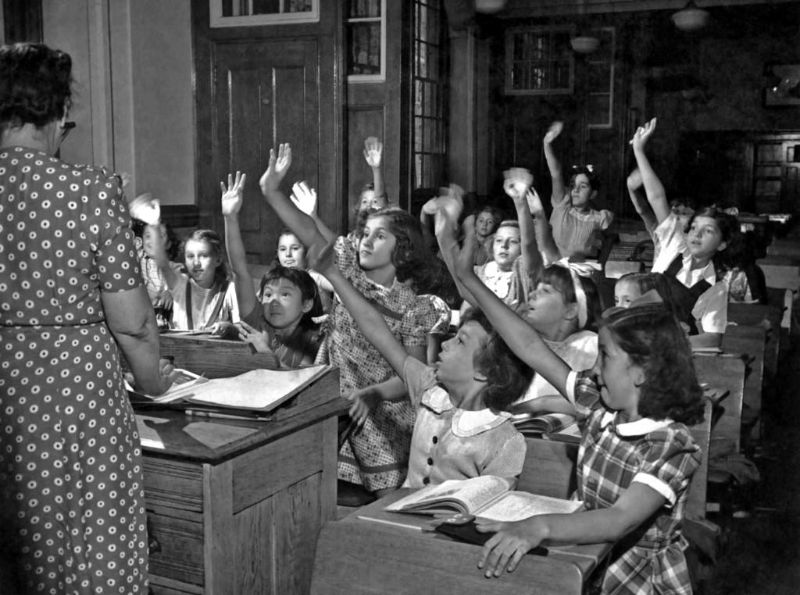
Students eagerly vie to be called on at a New York school, circa 1950
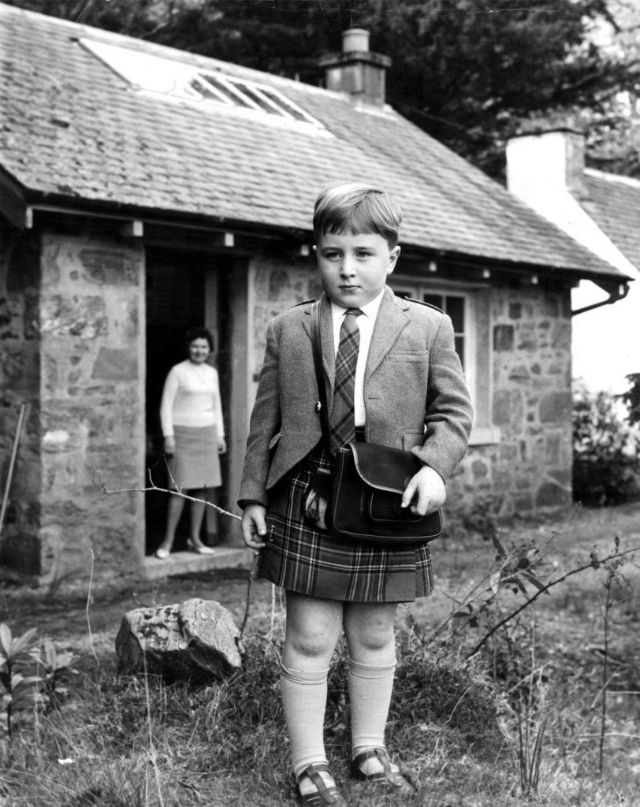
Teacher Agnes Bolton stands in the schoolhouse door on the first day of classes for her only pupil, Jimmy MacLellan, in Scotland, circa 1950

Five-year-old Howard Crafter has a tough time adjusting at the St. Nicholas County school, circa 1952
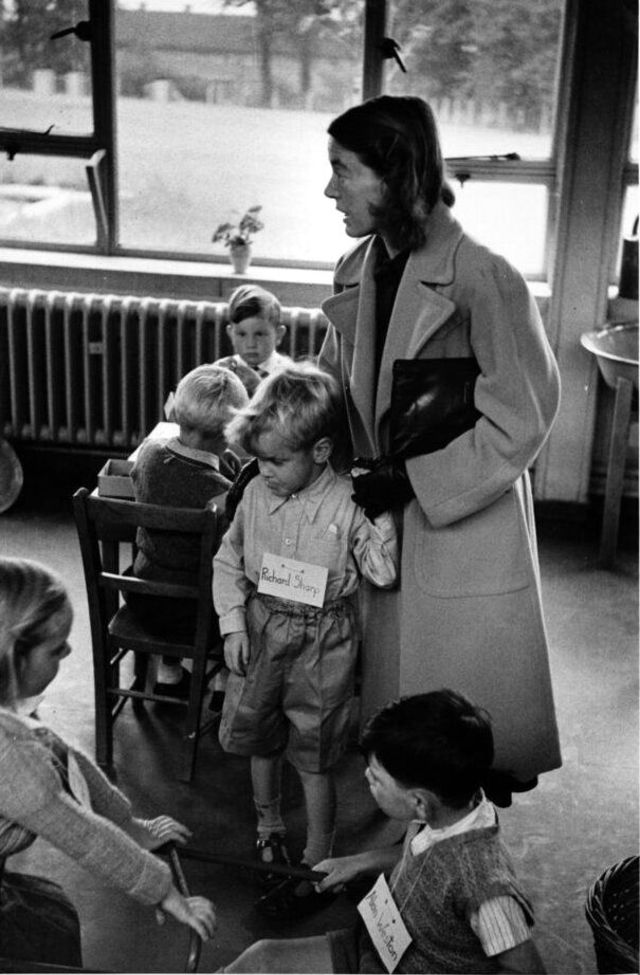
Richard Sharp on his first day at the St. Nicholas County Primary School in Loughton, England, circa 1952
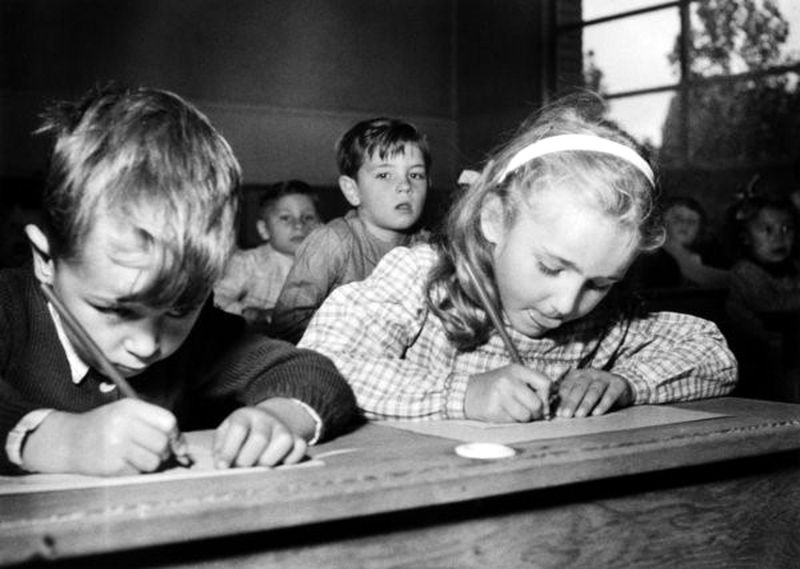
Children hard at work on Sept. 15, 1959
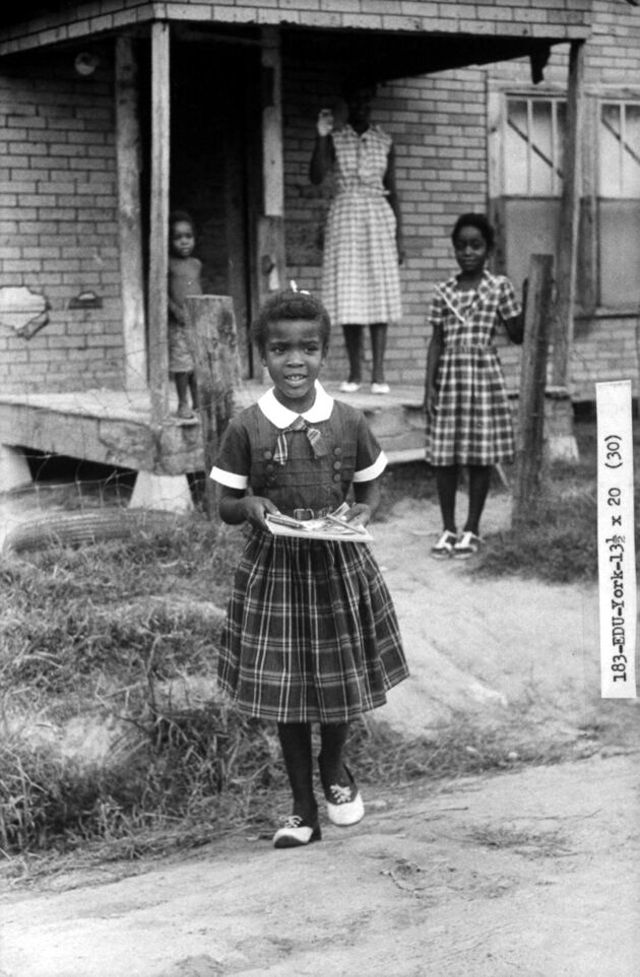
Delores York heads off for her first day at a previously all-white school in September 1960 in Arkansas
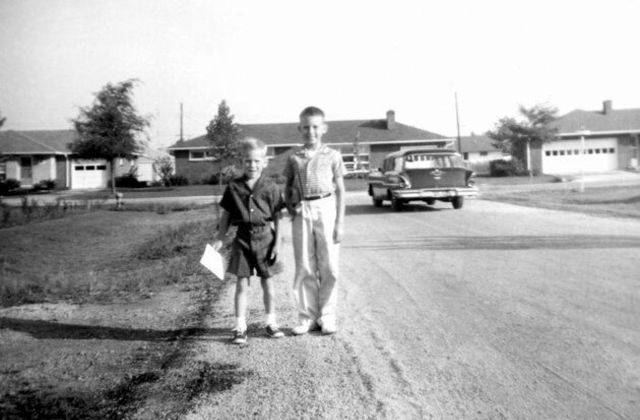
Two brothers about to start the new school year, circa 1964
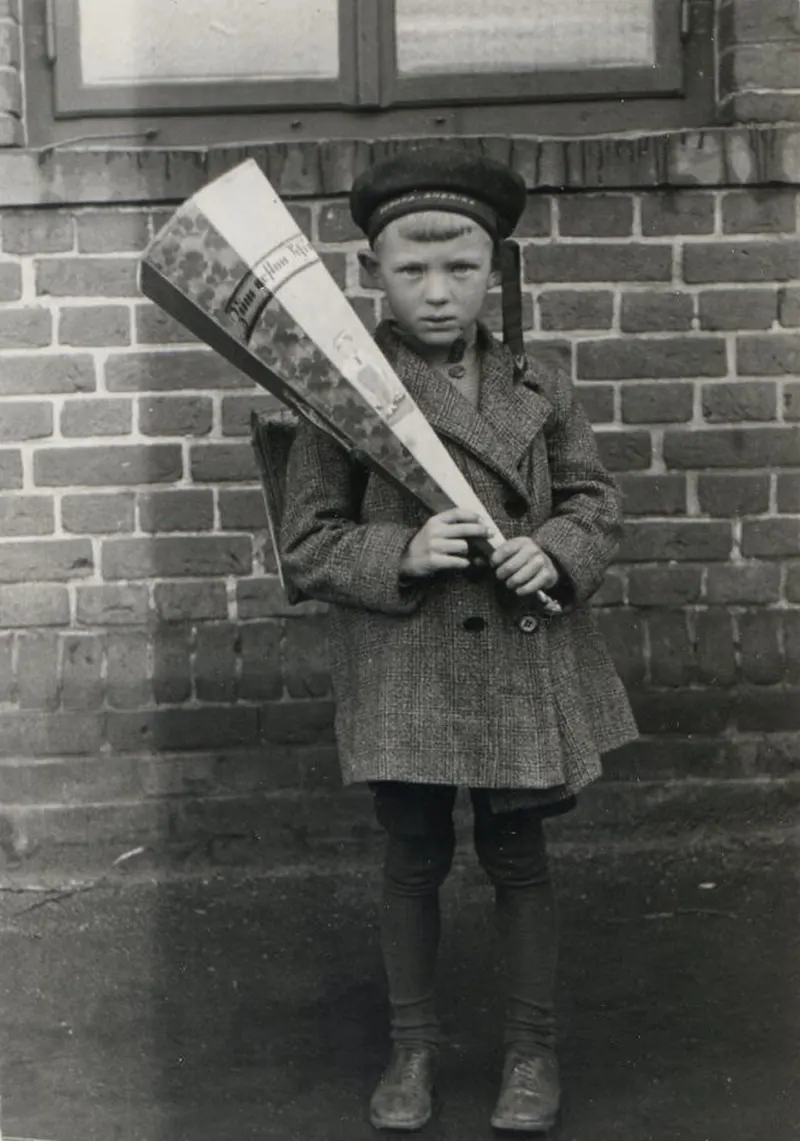
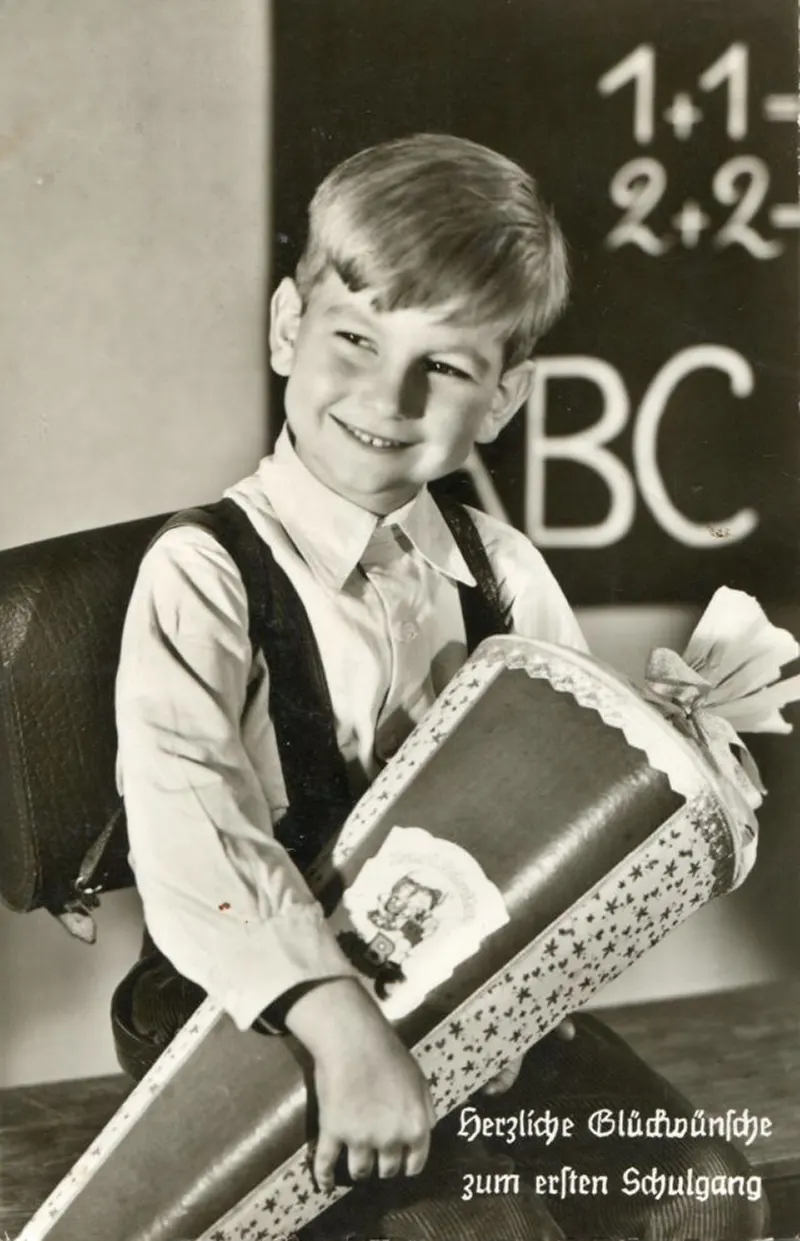
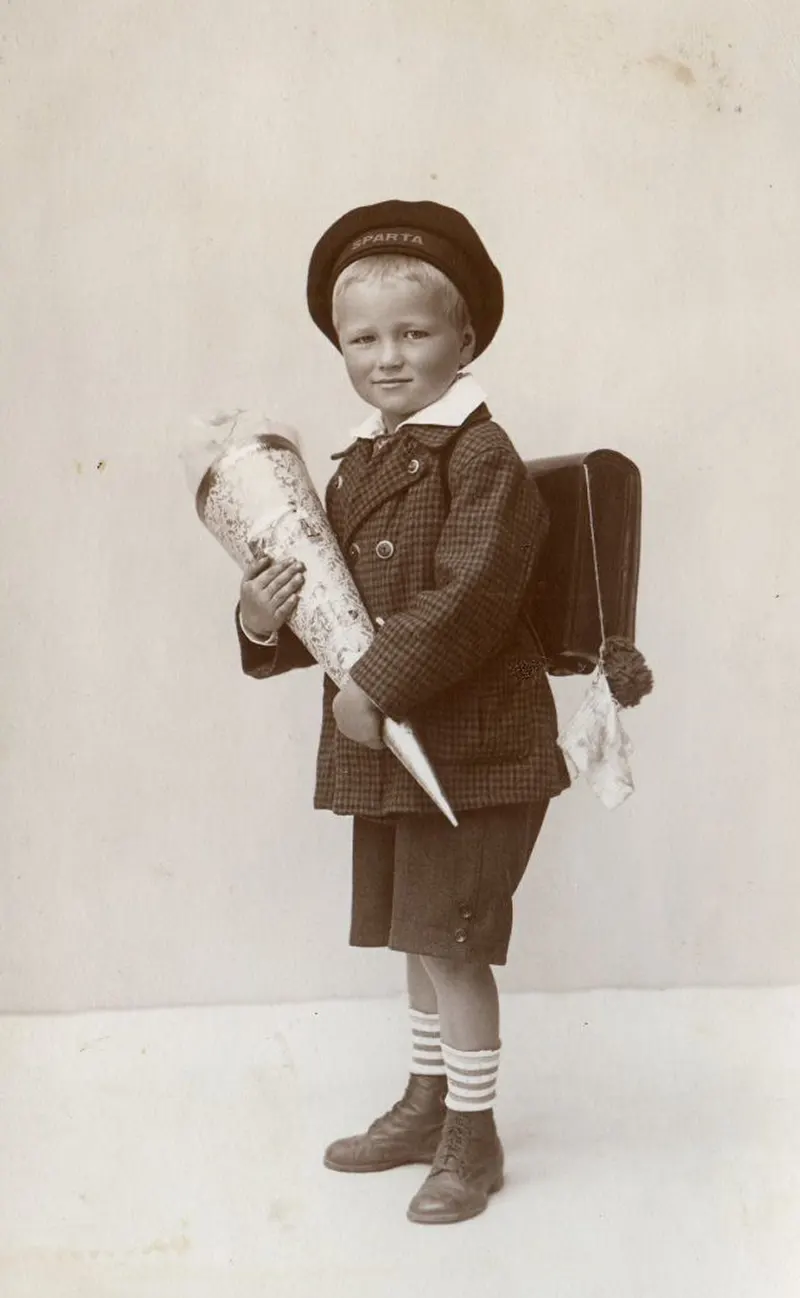



Mary Lynch, an assistant principal at a school in Boston’s Roxbury community, leads first graders to a school in the city’s North End on Sept. 6, 1967. Operation Exodus, a voluntary busing program organized by Roxbury parents, transported students from overcrowded schools in predominantly black neighborhoods to schools in predominantly white neighborhoods that had vacant seats
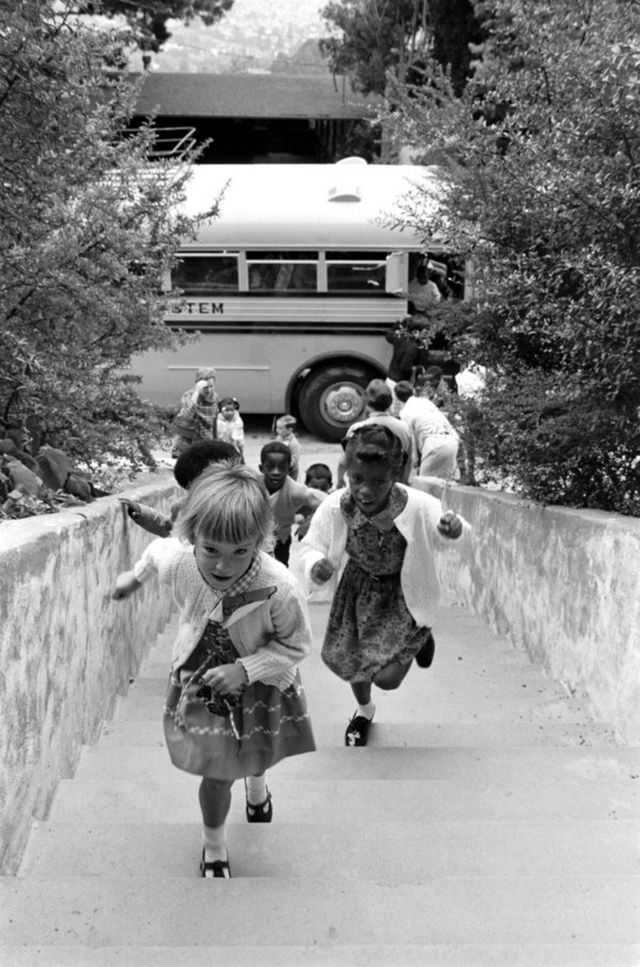
Children walk up a flight of stairs to attend a newly desegregated school in Berkeley, California, 1968
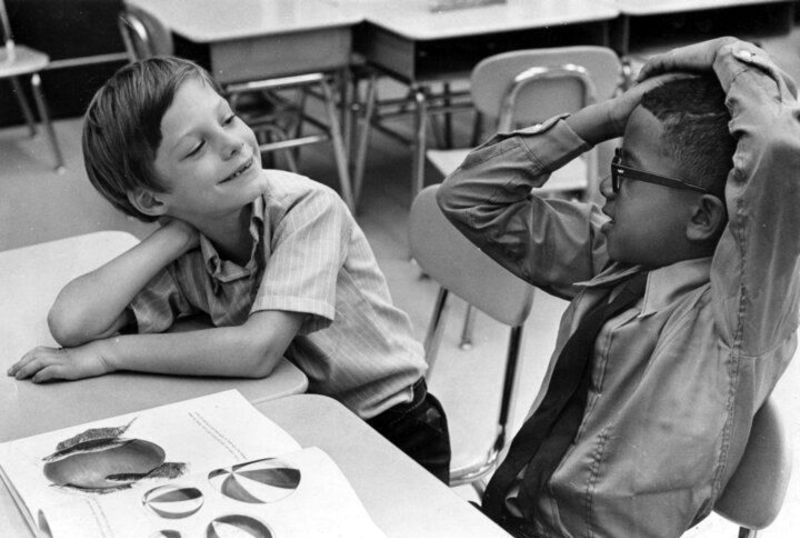
Jim Hard (left) of Framingham, Massachusetts, gets acquainted with Joseph Reis of the Roxbury neighborhood at the Trotter School in Boston on Sept. 3, 1969
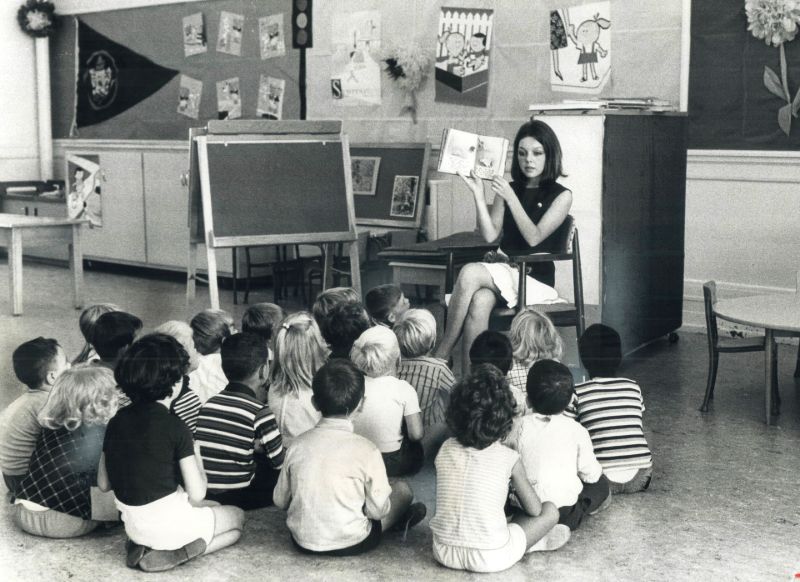
Canadian kindergarten teacher Trisha Langley teaching her first lessons on Sept. 7, 1971
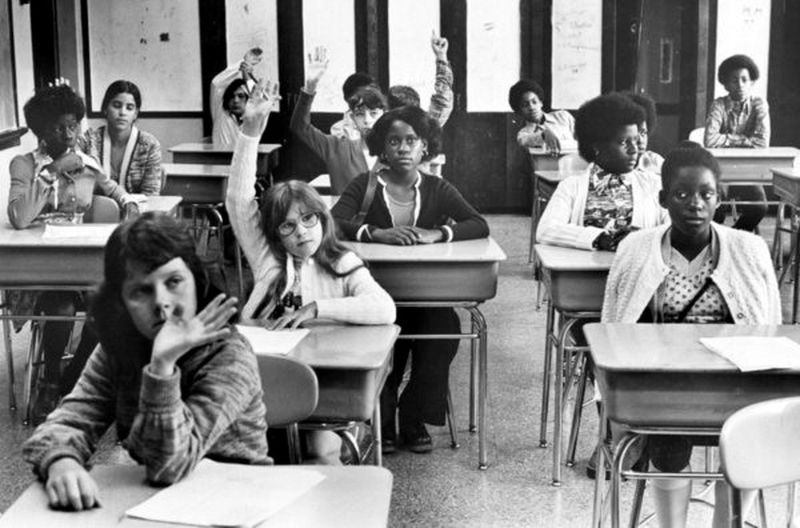
Students at the Mary E. Curley School in Boston on Sept. 8, 1975



(Photo credit: huffpost.com / Pinterest / Flickr).
